1. Introduction
A Commercial Pullet Cage is an advanced poultry housing system designed specifically for rearing pullets—the young female chickens that are being prepared to become laying hens. The rearing phase typically spans from day-old chicks to 16–18 weeks of age, a critical period that directly impacts the health, productivity, and longevity of the hens in the laying phase.
Commercial pullet cages are engineered to provide optimal environmental control, uniform feed and water access, excellent ventilation, and efficient manure management. The cage system is usually multi-tiered, maximizing space efficiency and enabling large-scale commercial rearing operations. These cages support the growth of healthy pullets with uniform body weight and skeletal development, ensuring smooth transition to layer houses and improved egg production.
2. Technical Parameters
Cage Dimensions | Length: 1200–1440 mm |
| Width: 500–700 mm |
| Height per Tier: 380–420 mm |
Number of Tiers | 3 to 5 tiers, depending on farm needs |
Wire Diameter | 2.0–3.0 mm galvanized steel wire |
Floor Mesh Opening Size | 12–15 mm (for good foot support and waste drop) |
Material | Hot-dip galvanized steel with zinc coating |
Feeding System | Chain or pan feeding system with agitators |
Watering System | Nipple drinkers with drip cups |
Bird Capacity per Cage | 20–60 pullets depending on cage size and age |
Manure Removal System | Automated manure belts or manual trays |
Coating | Zinc coating 275–350 g/m² typical, higher for corrosive environments |
3. Key Features
3.1 Durable and Corrosion-Resistant Construction
Using hot-dip galvanized steel ensures longevity and resistance to harsh poultry house conditions, including high humidity and ammonia levels.
3.2 Multi-Tier Stacking Design
Allows vertical space utilization, increasing housing density without expanding the building footprint.
3.3 Mesh Floor for Comfort and Hygiene
Floor mesh is designed with an optimal opening size to prevent foot injuries while allowing droppings to fall through, maintaining cage cleanliness.
3.4 Automated Feeding and Drinking
Chain or pan feeding systems provide uniform feed distribution, while nipple drinkers supply clean, fresh water, reducing wastage and contamination.
3.5 Efficient Manure Management
Manure belts underneath each tier collect droppings and prevent waste accumulation, reducing ammonia and pathogen levels in the environment.
3.6 Modular and Scalable
Cages are designed to be modular, facilitating easy expansion or reconfiguration as farm demands grow.
3.7 Integrated Environmental Compatibility
Compatible with modern climate control systems such as ventilation fans, heating, and cooling devices, ensuring optimal pullet comfort.
4. Advantages of Commercial Pullet Cages
4.1 Improved Uniformity and Growth
Uniform access to feed and water promotes consistent weight gain and skeletal development across the flock.
4.2 Reduced Mortality and Disease Risk
Elevated cages reduce contact with feces and wet litter, lowering disease transmission and foot health problems.
4.3 Labor and Cost Efficiency
Automation in feeding, watering, and manure removal reduces labor demands and operational costs.
4.4 Space Utilization
Multi-tiered cages increase bird capacity per square meter, optimizing facility usage.
4.5 Enhanced Biosecurity
Limited bird-to-bird and bird-to-human contact decreases pathogen spread.
4.6 Smooth Transition to Layer Houses
Pullets raised in cages adapt better to layer cages, leading to improved egg production performance.
4.7 Long Service Life
Quality materials and construction provide durability, ensuring a favorable return on investment.
5. Application Scenarios
Commercial Layer Farms: Large-scale pullet rearing for egg production operations.
Breeder Farms: Uniform pullet development for genetic consistency.
Poultry R&D Centers: Controlled environment for research on pullet health and growth.
Integrated Farming Systems: Modular cages allow staged expansion.
Climate-Controlled Housing: Compatibility with ventilation and climate control systems.
6. Operating Instructions
6.1 Site Preparation
Prepare a clean, level floor to install cages securely.
Verify availability of power, water, and feed supply systems.
6.2 Cage Installation
6.3 Bird Introduction
6.4 Feeding Management
6.5 Water Management
6.6 Climate and Lighting
Maintain appropriate temperature (start around 32–35°C for chicks).
Control lighting schedules (20+ hours initially, reducing gradually).
6.7 Manure Handling
7. Maintenance Guidelines
7.1 Daily Checks
7.2 Weekly Checks
7.3 Monthly and End-of-Flock
8. Frequently Asked Questions (FAQs)
Q1: What age range is suitable for commercial pullet cages?
A1: Typically from day-old chicks to 16–18 weeks before transfer to layer cages.
Q2: How many pullets can be housed per cage?
A2: Depends on cage size; generally 20–60 birds per cage tier.
Q3: Are commercial pullet cages suitable for hot climates?
A3: Yes, especially when integrated with ventilation and cooling systems.
Q4: How often should manure be removed?
A4: Daily or every 1–3 days based on stocking density and humidity.
Q5: What feeding systems are compatible?
A5: Chain feeders, pan feeders, and manual trough feeding systems.
Q6: How to prevent foot problems in pullets?
A6: Use proper mesh size, avoid overcrowding, maintain hygiene.
Q7: What is the lifespan of these cages?
A7: Typically 10–20 years with proper maintenance.
Q8: Can cages be expanded later?
A8: Yes, modular design allows scalable expansion.
Q9: What temperature is ideal for pullet rearing?
A9: Start at 32–35°C, reduce by 2–3°C per week until reaching ambient.
Q10: How is biosecurity maintained?
A10: Regular cleaning, limited access, protective clothing, and vaccination.
9. Conclusion
Commercial pullet cages are vital for efficient, large-scale pullet rearing. They provide a safe, clean, and controlled environment that promotes healthy growth, reduces mortality, and prepares birds for productive laying life. Their durable design, automation compatibility, and modular scalability offer poultry producers enhanced efficiency, reduced labor, and improved profitability.
Choosing the right commercial Pullet Cage System can significantly influence flock performance and farm success, making it an essential investment in modern poultry production.
Company Profile
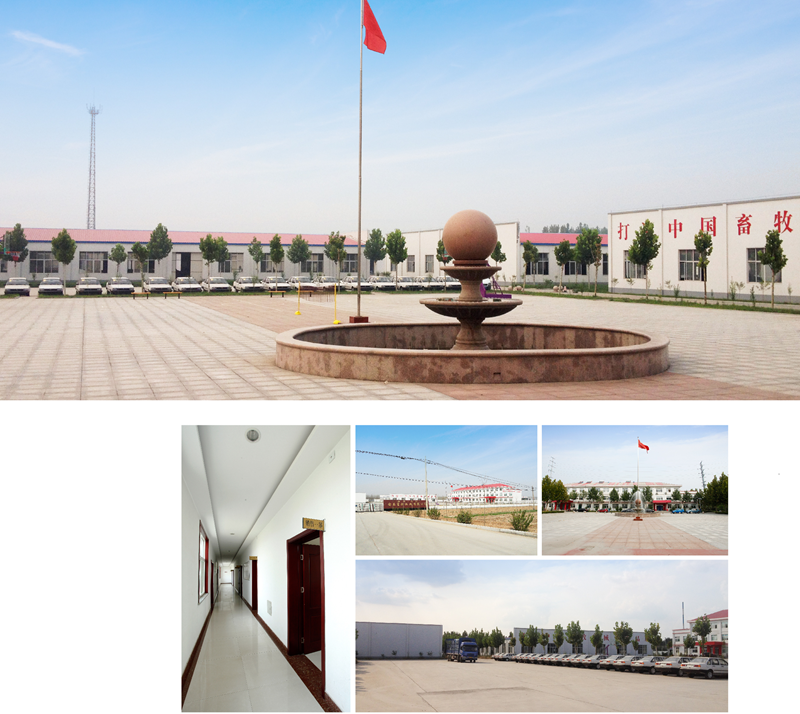
Shandong Huimin Qinle Livestock Machinery Co., Ltd. (formerly Shandong Huimin Qinle Livestock Machinery Factory) is a professional poultry equipment manufacturer with over 20 years of experience. We offer a comprehensive service package, from design (land and chicken coops), production (equipment and prefabricated steel coops), installation, commissioning, customer training, and after-sales service.
Located in Huimin County, Binzhou City, Shandong Province, China, the company has extensive experience in mechanical processing and manufacturing, as well as livestock machinery production and operation. With fixed assets of RMB 15 million, the company employs 160 people, including 30 R&D staff, and occupies a 40,000-square-meter factory. Equipped with over 110 pieces of advanced precision production equipment, including CNC machining centers and laser cutting machines, the company boasts a production capacity of RMB 50 million.
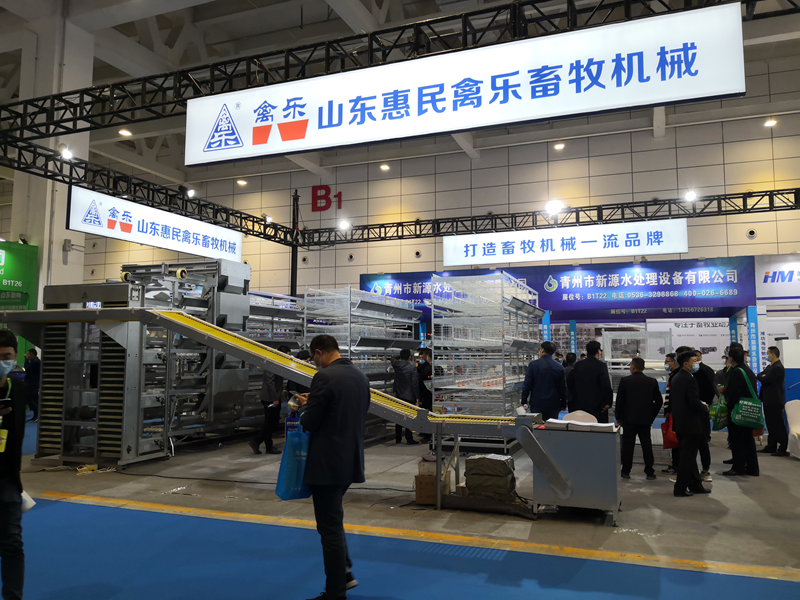


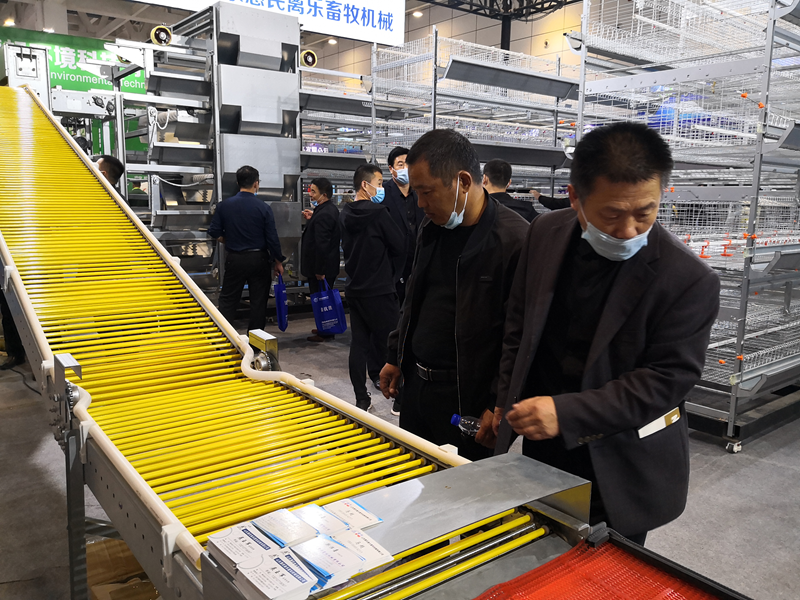
Chicken Farming Equipment Mesh Production Workshop

Machining Workshop

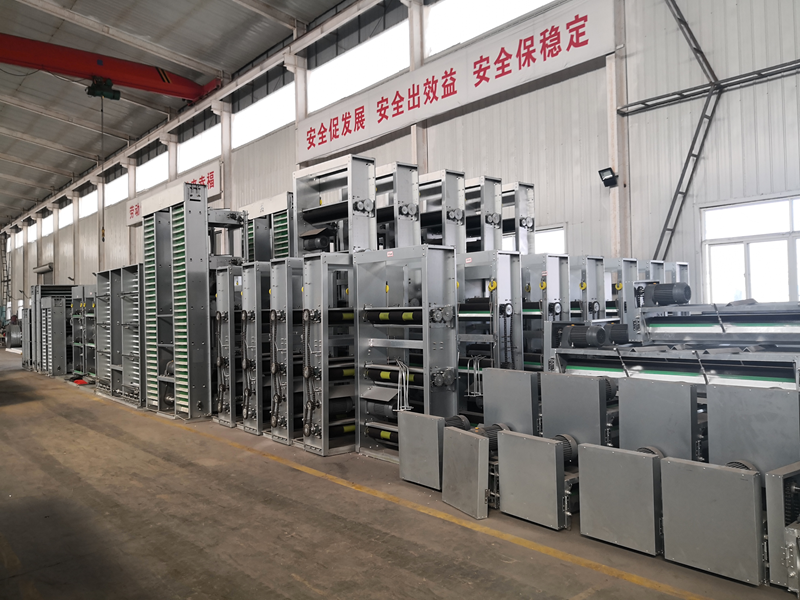
Turret-type CNC Punch Press, Laser Cutting and Other Machining Equipment



Fully Automated Roll Forming Production Line

Hot-dip Galvanizing Production Line

Electroplating Production Line

Environmental Protection Equipment

Chicken Farming Equipment Product Series
Egg-laying Hen Farming Equipment
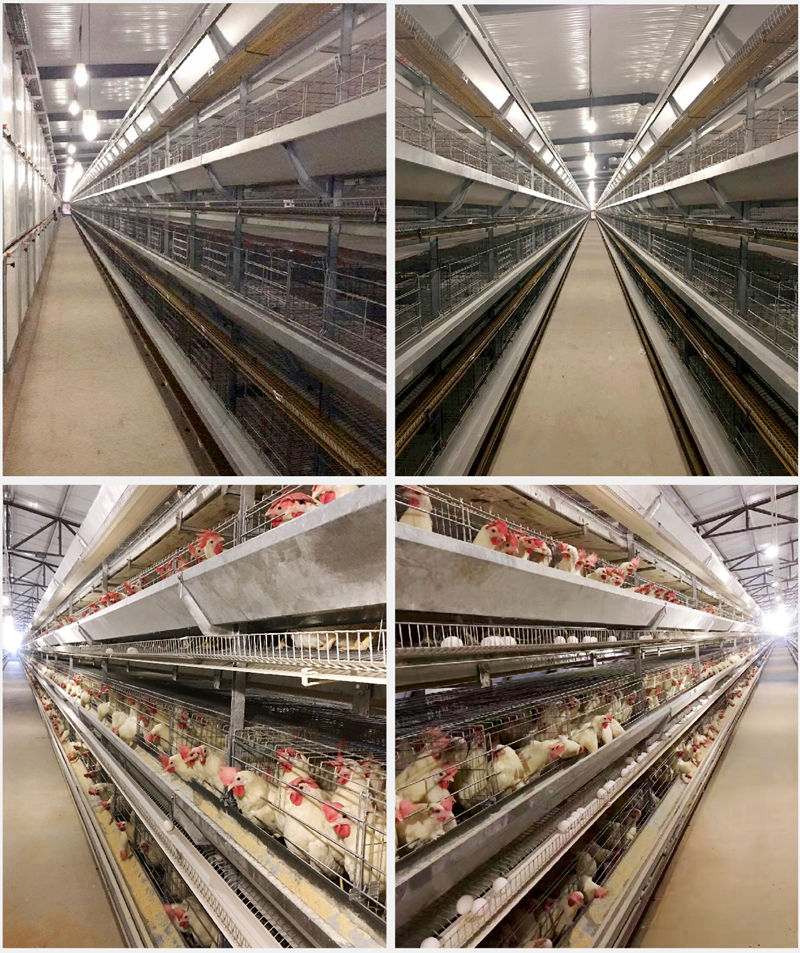
Stacked Brooding Cage Equipment

Stacked Broiler Cage Equipment
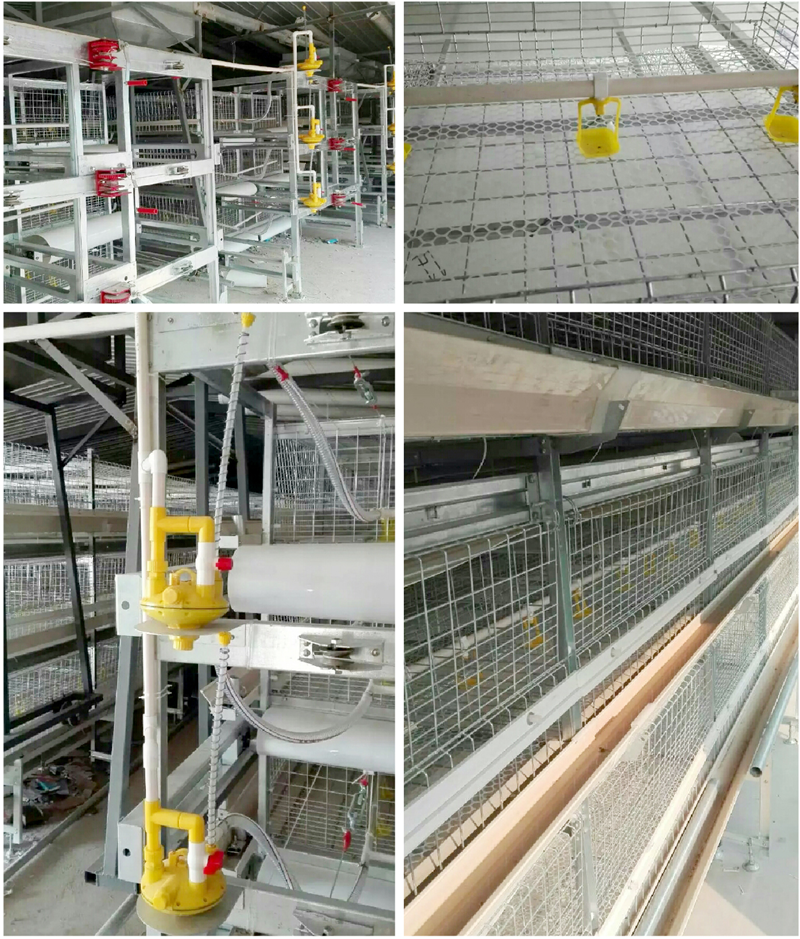
Stepped Layer Hen Cage Rearing Equipment
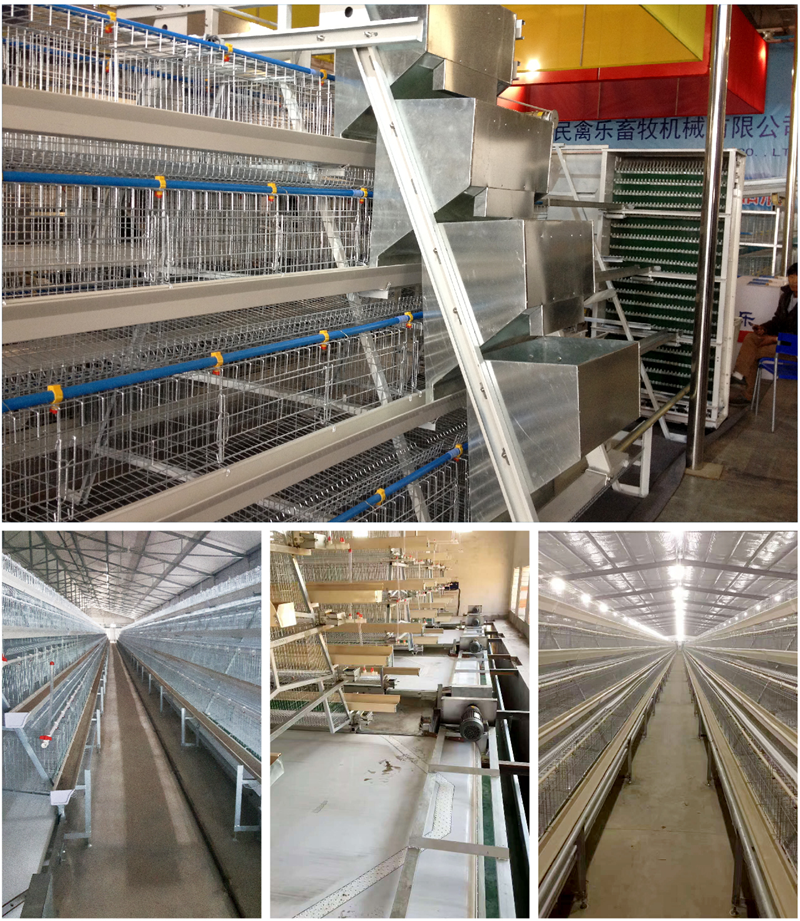
Automatic Egg Collection System

H-type Cage Feeding Machine
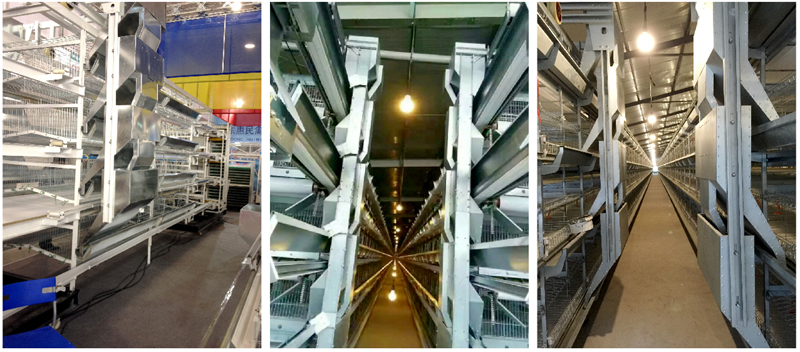
Stepped Cage Straddle Feeder
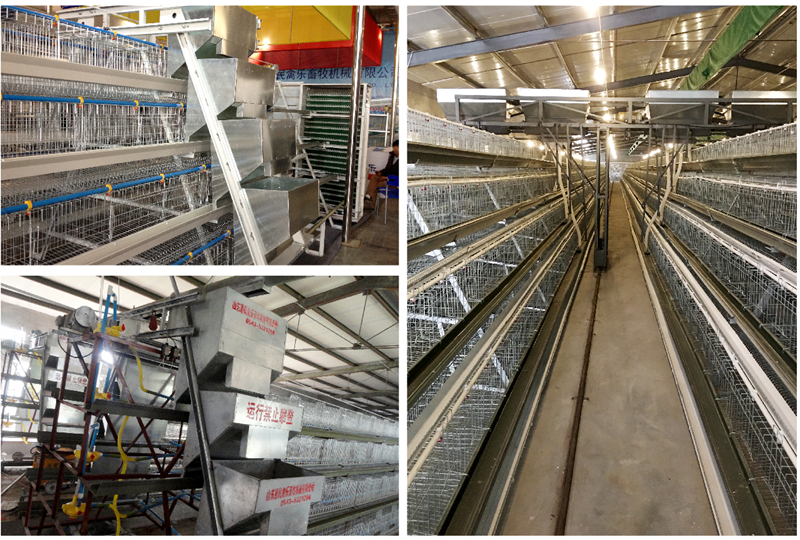
Manure Removal Machine

Fans, Heated Curtains, Environmental Control Systems, and Lighting Equipment
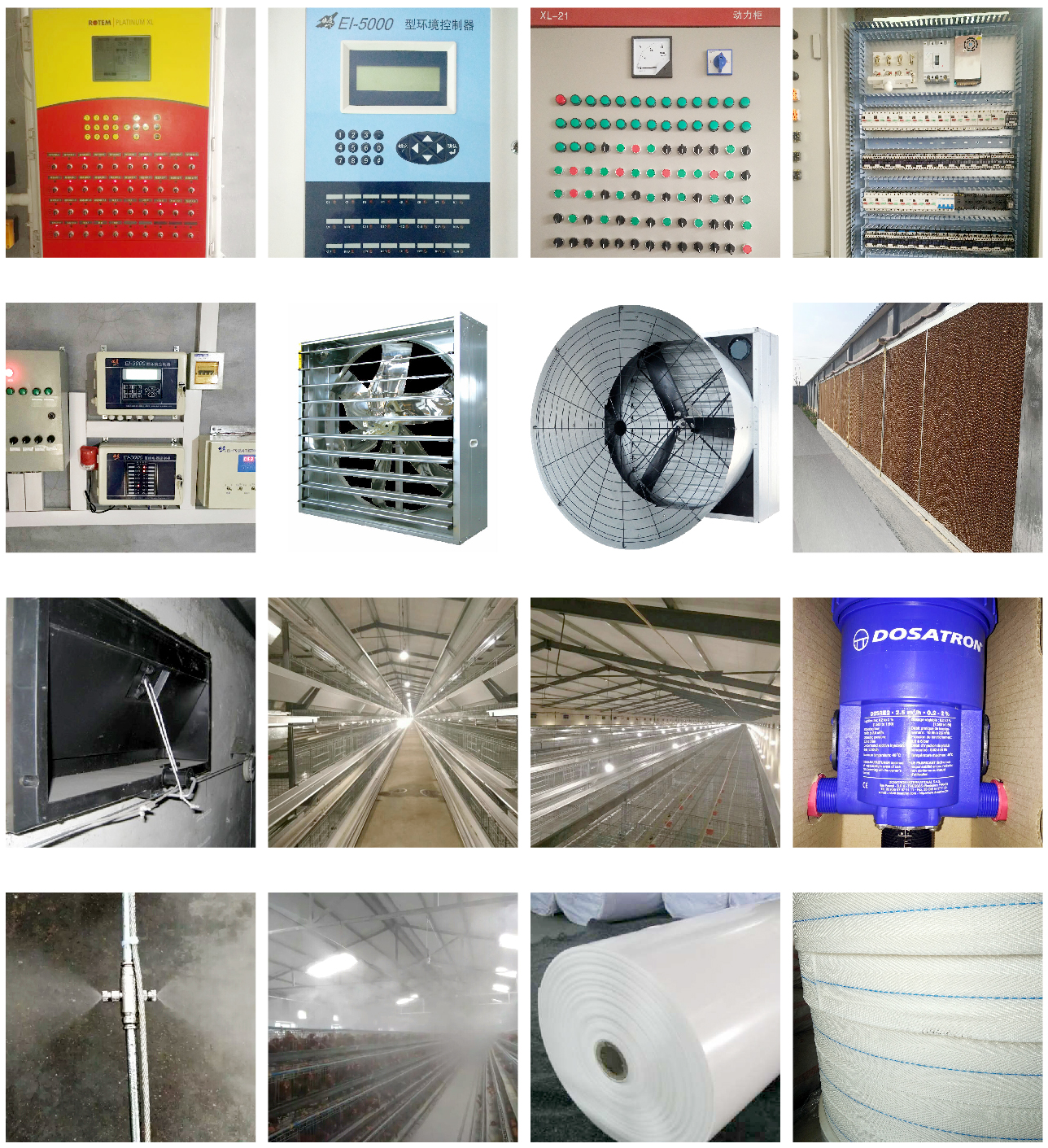
Complete Set of Equipment for Organic Fermentation Treatment of Manure


 Catalogue
Catalogue































 Whatsapp
Whatsapp Телефон
Телефон